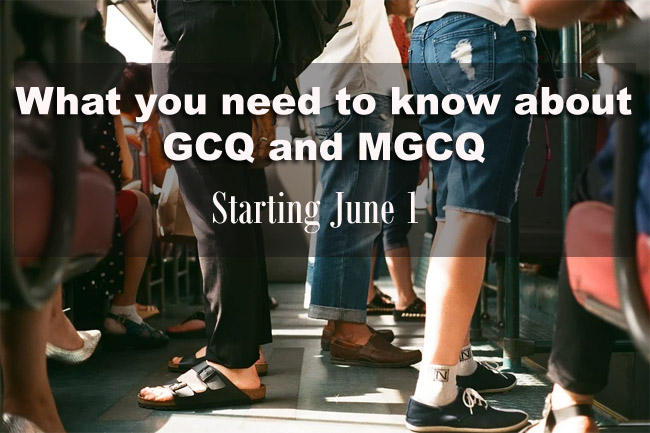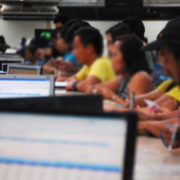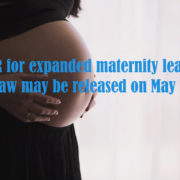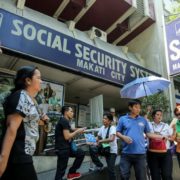Guidelines to follow under GCQ and MGCQ areas. Starting on June 1, the country will transition to a more relaxed quarantine procedure after being lockout for more than 2 months to avoid spreading of COVID-19 virus.
During his public briefing last Thursday night, President Rodrigo Duterte has approved the recommendation of the Inter-Agency Task Force (IATF) to minimize the strict movement restrictions in the Philippines. It is also his response to 17 mayors of NCR who requested for Modified General Community Quarantine (MGCQ) that will allow businesses to reopen and hoping for the workers and the economy to recover.
Despite the alleviated arrangement, the chief executive reminds the public that the novel coronavirus is still a threat in the country and everyone should still practice safety protocols like wearing face masks and execute social distancing.

The following areas will be under General Community Quarantine (GCQ):
- Metro Manila
- Aurora
- Bataan
- Bulacan
- Pampanga
- Tarlac
- Nueva Ecija
- Cagayan Valley
- Pangasinan
- Cavite
- Laguna
- Batangas
- Rizal
- Isabela
- Nueva Vizcaya
- Santiago City
- Quirino
- Quezon
- Albay
- Lucena City
- Davao City
Other regions will be placed under MGCQ which is the lowest set-up imposed by the government.
The differences between MGCQ and GCQ
In the Public:
Whether you’re on an MGCQ or GCQ area, all citizens are obliged to follow public health standards.
People Movement:
Under GCQ areas, senior citizens, youth who are below 21 years old, pregnant women, those who have co-morbidities and immunodeficiency are required to stay at home since they have high risk of transmitting the disease. However, they will be allowed to go outside in equipping their necessities or going to work in authorized offices.
In MGCQ, everybody is qualified to leave outdoors.
Gatherings:
Irrelevant public gatherings are prohibited in both quarantine levels while IATF is still undecided in resuming religious meetings.
Transportation:
Public Utility Vehicles (PUV) are still forbidden under MGCQ while public vehicles except jeepneys are allowed to travel in 50% capacity while implementing physical distancing. The Metro and Light Rail Transit Systems (MRT and LRT) will be able to operate for 10 to 12 % of passengers while Philippine National Railways will have 35 %.
Industries:
Under GCQ, all sectors are allowed to utilize in full capacity however, hotels are still restricted in accepting long-term bookings.
The following are some of the businesses granted to open with 50% capacity under MGCQ:
- Financial Services
- Film and TV production
- Architecture and Engineering Activities
- Veterinary Clinics
- Funeral Services
- Wholesale and Retail Trade of Motor Vehicles
- Management Consultancy Activities
- Malls and Commercial Centers
Still not allowed:
- Entertainment industries
- Sports Facilities
- Tourist Destinations
- Kid Amusement Industries
- Personal Care Services
Barbershops and Salons are still being reviewed by the Department of Trade and Industry (DTI)



